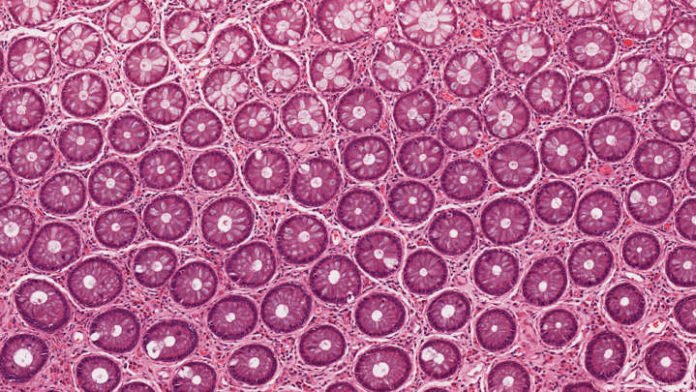Researchers from Duke University have discovered a way to enhance the effectiveness and safety of sonogenetics or ultrasound modulation and emerging techniques, which use sound waves to control the behavior of individual neurons or to promote tissue growth and wound healing in other cells.
Ultrasonic therapy often utilizes targeted ultrasound waves to create cavitation bubbles (tiny balloons of rapidly oscillating air pockets that stretch nearby cell membranes when they burst). This stretching can activate calcium ion channels, causing a neuron to fire, or can signal the body’s repair mechanisms to crank into overdrive.
On the off chance that an air pocket is too enormous or excessively close, in any case, the strategy can harm or decimate adjacent cells. While this might be the coveted outcome in applications, for example, growth treatment, specialists of sonogenetics commonly need to dodge harm.
In a recent study, biomedical engineers found that by attaching microscopic beads to receptors on the cell’s surface, the technique’s cell-stretching and calcium-releasing effects can be produced much more safely.
Pei Zhong, the Anderson-Rupp Professor of Mechanical Engineering and Materials Science at Duke, said, “To get ion channels and pores in a cell’s membrane to open, you typically have to stretch it very strong and very fast”.
“But we discovered that attaching microbeads to the cell’s surface amplifies the cell’s response during cavitation and produces the same result with much less risk of cellular injury.”
When a force creates a void in liquid resulted in the formation of cavitation bubbles, which are enough powerful to cause severe damage to ship propellers.
Whereas the cavitation bubbles created during medical procedures are not really that strong, still they can cause a lot of damage. Due to their speed and randomness, it is very difficult to study their effects on nearby cells.
The present study is the first to use an experimental platform of Zhang’s team who studied sonoporation that reliably produces tandem cavitation bubbles in exactly the same spot every time. By placing different types of cells at various distances from the bubbles researchers can begin to explore the details of how cells respond.
For the first follow-up study to use the platform, Zhong chose to look at calcium signaling.
Fenfang Li, a postdoctoral research fellow in Zhong’s laboratory, said, “Calcium signaling regulates many important cellular functions, like muscle contraction, neural communication, gene transcription and tissue growth.”
“Previous studies have shown that sonogenetics and sonoporation cause a calcium response, which can make neurons fire or promote healing in other cells, so we wanted to take a closer look.”
As per the results, cavitation bubbles actually produce two types of calcium responses as slow waves and fast waves. But the study showed that microbeads attached to the cell’s surface can catch some of the bubbles’ energy so to tug at the membrane’s surface.
This provides more localized deformation and a stronger calcium response from a slower and softer wave.
Zhong said, “This strategy can stimulate the cells at a safe distance from the cavitation bubbles.”
“The approach should make it much easier for researchers to safely use sonogenetics in human therapies.”
“Dynamics and Mechanisms of Intracellular Calcium Waves Elicited by Tandem Bubble-Induced Jetting Flow.” Fenfang Li, Chen Yang, Fang Yuan, Defei Liao, Thomas Li, Farshid Guilak, and Pei Zhong. PNAS, 2017. DOI: 10.1073/pnas.1713905115
